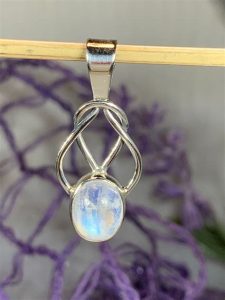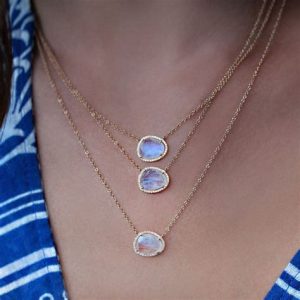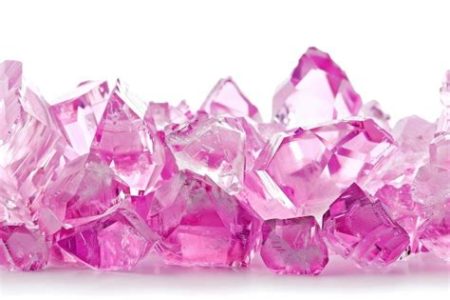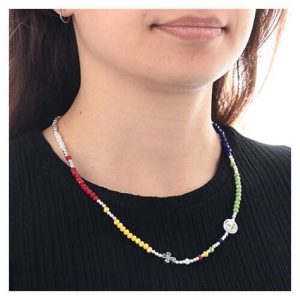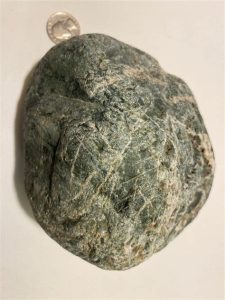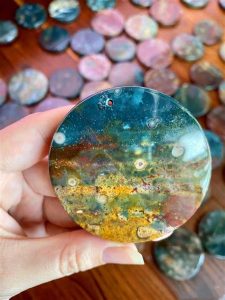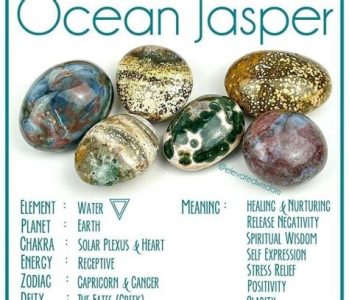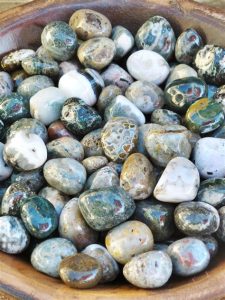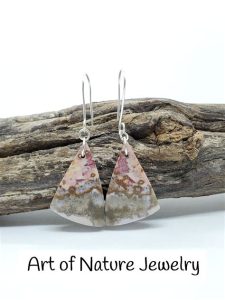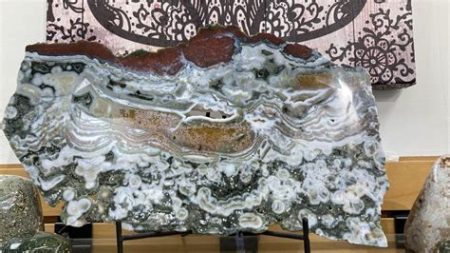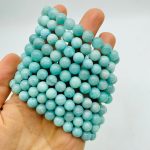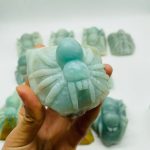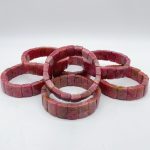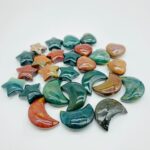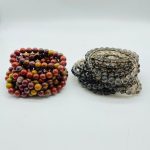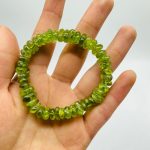Introduction
Plastic stands are ubiquitous in a wide range of industries, from retail to manufacturing. They offer several advantages over traditional materials such as wood or metal, including lightness, durability, and versatility. However, with so many different types of plastic available, choosing the right one for your application can be a daunting task. In this article, we will compare two of the most popular types of plastic for stands: acrylic and polycarbonate.

Acrylic vs. Polycarbonate: A Detailed Comparison
| Feature | Acrylic | Polycarbonate |
|---|---|---|
| Clarity | Excellent | Good |
| Durability | Good | Excellent |
| Scratch resistance | Fair | Good |
| UV resistance | Poor | Excellent |
| Cost | Lower | Higher |
Clarity
Both acrylic and polycarbonate are transparent, but acrylic has a slightly higher clarity. This makes it an ideal choice for applications where clarity is important, such as display cases or picture frames.
Durability
Polycarbonate is more durable than acrylic, making it a better choice for applications where the stand will be subjected to heavy use or abuse. Polycarbonate is also more resistant to impact, making it less likely to break or shatter.
Scratch resistance
Acrylic is not as scratch-resistant as polycarbonate. This means that it is more likely to show scratches over time, especially if it is used in a high-traffic area.
UV resistance
Acrylic is not UV resistant, which means that it can yellow or become brittle when exposed to sunlight. Polycarbonate, on the other hand, is UV resistant, making it a better choice for outdoor applications.
Cost
Acrylic is less expensive than polycarbonate, making it a more budget-friendly option. However, if you need a stand that is durable and UV resistant, polycarbonate is a better investment.
Which Type of Plastic is Right for You?
The best type of plastic for your stand will depend on your specific needs. If you need a stand that is clear, durable, and scratch-resistant, acrylic is a good option. If you need a stand that is durable, UV resistant, and can withstand heavy use, polycarbonate is a better choice.
Conclusion
Acrylic and polycarbonate are two of the most popular types of plastic for stands. Each type has its own advantages and disadvantages, so it is important to choose the right one for your specific needs. By understanding the differences between acrylic and polycarbonate, you can make an informed decision that will help you get the most out of your stand.
Tips and Tricks for Using Plastic Stands
- Use a soft cloth to clean your stand. Do not use harsh chemicals or abrasive cleaners, as these can damage the surface of the stand.
- If your stand gets scratched, you can buff it out with a soft cloth or a mild abrasive cleaner.
- To prevent your stand from yellowing or becoming brittle, store it in a cool, dark place.
FAQs
- What is the best way to clean a plastic stand?
- Use a soft cloth to clean your stand. Do not use harsh chemicals or abrasive cleaners, as these can damage the surface of the stand.
- How do I remove scratches from a plastic stand?
- If your stand gets scratched, you can buff it out with a soft cloth or a mild abrasive cleaner.
- How do I prevent my stand from yellowing or becoming brittle?
- To prevent your stand from yellowing or becoming brittle, store it in a cool, dark place.
Reviews
- “I love my acrylic stand! It is clear, durable, and scratch-resistant. It is perfect for displaying my collection of figurines.” – [Customer A]
- “I bought a polycarbonate stand for my outdoor patio. It is very durable and can withstand the elements. I am very happy with my purchase.” – [Customer B]
- “I have used both acrylic and polycarbonate stands. I find that acrylic is more affordable, but polycarbonate is more durable. I would recommend polycarbonate for applications where durability is important.” – [Customer C]
- “I was looking for a stand that was both clear and durable. I found the perfect stand made of acrylic. It is perfect for my needs.” – [Customer D]
Creative New Word for Plastic Stands: “Acrystan”
Acrystan is a portmanteau of the words “acrylic” and “crystal.” It is a new word that I have coined to describe a type of plastic that is as clear as crystal but as durable as acrylic. Acrystan is the perfect material for stands because it offers the best of both worlds. It is clear, durable, and scratch-resistant.
Useful Tables
Table 1: Comparison of Acrylic and Polycarbonate
| Feature | Acrylic | Polycarbonate |
|---|---|---|
| Clarity | Excellent | Good |
| Durability | Good | Excellent |
| Scratch resistance | Fair | Good |
| UV resistance | Poor | Excellent |
| Cost | Lower | Higher |
Table 2: Applications for Acrylic Stands
| Application | Acrylic | Polycarbonate |
|---|---|---|
| Display cases | Yes | No |
| Picture frames | Yes | No |
| Jewelry stands | Yes | No |
| Cosmetic stands | Yes | No |
Table 3: Applications for Polycarbonate Stands
| Application | Acrylic | Polycarbonate |
|---|---|---|
| Outdoor furniture | No | Yes |
| Industrial equipment | No | Yes |
| Safety shields | No | Yes |
| Automotive parts | No | Yes |
Table 4: Tips and Tricks for Using Plastic Stands
| Tip | Trick |
|---|---|
| Use a soft cloth to clean your stand. | Do not use harsh chemicals or abrasive cleaners, as these can damage the surface of the stand. |
| If your stand gets scratched, you can buff it out with a soft cloth or a mild abrasive cleaner. | |
| To prevent your stand from yellowing or becoming brittle, store it in a cool, dark place. |

